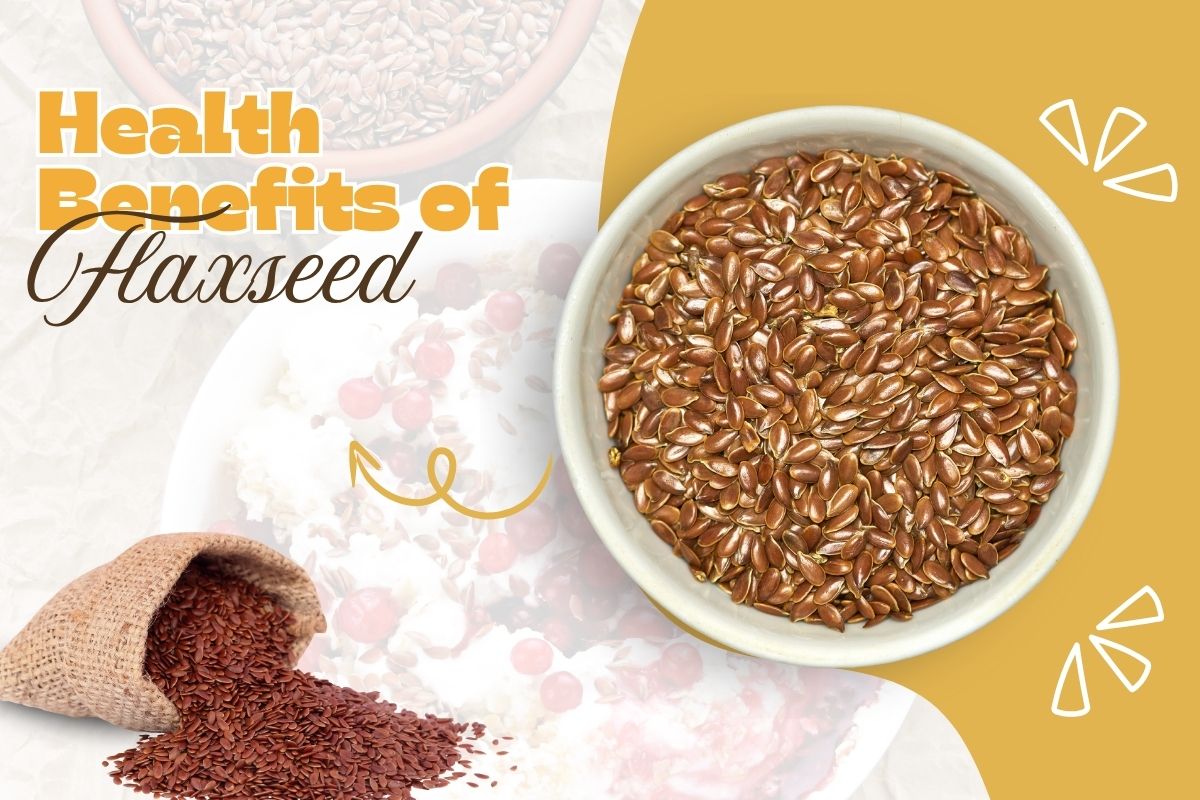Flaxseed. It’s one of those things you see in bags at the supermarket, often next to chia or sunflower seeds. Maybe you’ve bought it before and then forgotten it in the cupboard. Or you’ve heard it’s healthy but thought, “What am I meant to do with it?”
The truth is, it’s simple stuff, but it does pack in quite a few benefits. Let’s know about what it does for you, why people rate it, and how you can use it without turning into a health food fanatic.
First Things First: What is Flaxseed?
There is nothing weird or modern about flaxseed; it comes from the flax plant, which people have been growing for ages—think ancient Egypt.

It’s used for linen (yes, your summer shirts) and food. The seeds are tiny, shiny, and either brown or golden. You can buy them whole, ground (sometimes called flax meal), or as oil. They’re cheap, easy to find, and can last ages if you store them properly.
Also read: Rachel Reeves
Packed with Fibre
Let’s be honest: most of us could do with more fibre and flaxseed is a top way to get it without fuss.
It’s got both soluble and insoluble fibre. In normal speak, that means it helps in a few ways.
- Keeps your digestion moving. No one likes to talk about it, but it’s true.
- Helps you feel full. Handy if you’re trying to eat a bit less.
- Can help lower cholesterol over time.
It’s the kind of food you can sneak into porridge, yoghurt or even a smoothie. There is no taste explosion, just a bit of nutty flavour.
Good for Omega-3s
You usually hear omega-3 and think fish. Salmon. Sardines.
But flaxseed is one of the best plant sources. Specifically, it’s got ALA (alpha-linolenic acid). It’s not quite the same as the stuff in fish, but it’s still good for you.
Omega-3s help with heart health and may keep inflammation down.
For anyone who’s veggie, vegan or just not big on fish, flaxseed’s an easy win.
Helps with Cholesterol
If you’ve ever had a doctor mention high cholesterol, you know you’re meant to eat better. Adding flaxseed might help a bit. The soluble fibre binds with cholesterol in your gut so your body gets rid of it instead of keeping it.

It’s not a replacement for medicine or a green light to eat chips daily. But as part of an overall healthy diet? It’s a smart move.
Lignans: What Are They?
This is a word you’ll see on the packet and think, “What on earth is that?”
Lignans are natural plant compounds. Flaxseed’s full of them and way more than most foods.
They have antioxidant properties. That means they help protect your cells from damage over time. Some studies even suggest lignans might help balance hormones, especially in women.
No one’s saying flaxseed cures anything. But it’s one of those foods that quietly does a bit of good in the background.
Blood Sugar Friendliness
If you’re watching your blood sugar or maybe you’re pre-diabetic, diabetic, or just trying to avoid sugar spikes, flaxseed can help. The fibre slows down how quickly your body absorbs sugar. That helps keep things steady.
Again, it’s not a magic bullet. But add it to meals and it’s another small step in the right direction.
Easy to Use
This is the bit people overcomplicate. You don’t need a recipe book or a special blender.

Here’s how normal people use it:
- Stir into porridge.
- Mix into yoghurt.
- Add to smoothies.
- Bake into muffins or bread.
- Sprinkle over cereal or soup.
It’s got a mild, slightly nutty flavour. Most of the time you barely notice it.
Whole Seeds vs Ground
Important to know: whole flaxseeds often pass through your body without much happening.
Your body can’t break down the hard shell. If you want the nutrients, use ground flaxseed.

You can buy it already ground or blitz it yourself with a coffee grinder.
One tip: keep it in the fridge. The oils can go off over time.
What About Flaxseed Oil?
Another option is the oil. It’s great for getting omega-3s. But you lose the fibre. Best used in salad dressings or drizzled-over veggies. Don’t fry with it—it doesn’t like high heat.

How Much Should You Have?
Most people go for 1–2 tablespoons a day. Start small if you’re not used to much fibre, or you’ll know about it pretty quickly (and not in a good way).
Always drink enough water with it to keep things moving.
Any Downsides?
Generally, it’s safe.
If you’re on medication or have a health condition, have a chat with your doctor before going mad with it. And, like anything, don’t eat a whole bag in a day. More isn’t always better.
Also read: Summer Solstice Yoga
Final Words
Flaxseed isn’t flashy. It’s not some £20-a-bag superfood. It’s cheap, simple and has been around forever.
Add it to the stuff you already eat. Don’t overthink it.
A spoonful here or there. That’s enough to get the benefits.
In the end, it’s one of those easy wins. Just a small way to look after yourself.
And that’s something worth having in the cupboard.






